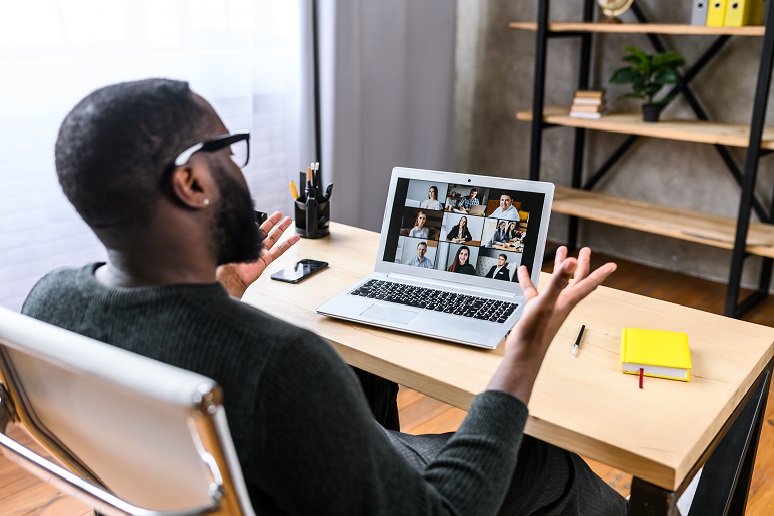We started WorkSpace Connect before the pandemic, so as you can imagine, the problem we thought we were helping people solve looked very different from the way it looks today.
When we launched the brand in 2019, the biggest topic was the open office, and more broadly, how office spaces functioned — or didn’t — to enhance collaboration among employees. This problem needed the cooperative efforts of facilities/real estate leaders, who created the spaces; IT leaders, who equipped the spaces and people with technology tools to enhance collaboration there; and HR leaders, who drove the policies and were charged with understanding the impact of the new ways of working that were presumed to be going on in these (open) spaces.
Obviously, the pandemic changed the whole picture, primarily by forcing enterprises to — successfully! — implement remote work at scale. So now the decision-making moves forward from the current point of uncertainty about future ways of working. But really, the underlying challenge is still the same: It’s about how employees collaborate, and what spaces and technology tools they use as they work together.
There’s an insightful piece on our sister site No Jitter by IT consultant Tom Nolle, titled, “
There’s Collaboration and Then There’s Collaboration,” that makes a few critical points that helped me understand how enterprises might move forward. In the piece, Tom explores the way that employees’ personal communication styles and preferences create identifiable “models” for collaboration. Tom focuses on the remote-work aspect, and doesn’t get into the whole issue of what office configurations might be best, but I think we can use his idea of “models” when we think about the office.
You should definitely read the whole piece; it’s not too techy at all. Instead, Tom’s focus on the different models of collaboration is a good guidepost for enterprises thinking about post-pandemic ways of working. The first of his models reflects those whose preferences lean toward “a kind of event-driven life, one that makes communications almost continuous.” This model, he writes, results in “a loosely coupled decision style, one where people increment their way to a conclusion through a series of fairly brief interactions.”
Tom contrasts that style with the more structured, scheduled, meeting-driven day that many people have been experiencing during the pandemic. “For this group,” he writes, “collaboration is a series of fixed, multi-party, virtual meetings interspersed with workers' own individual activities. The multi-party aspect almost demands scheduling, and so this approach fits well into corporate project-oriented thinking.”
To me, Tom’s two models map to the physical office: The first is what’s supposed to happen in a fairly open space — lots of random interaction, people getting each others’ attention one-on-one for short, focused conversations, probably targeting a highly specific problem or issue. On the other hand, the meeting-driven model obviously corresponds to meeting rooms—more structure as to who participates and how long it takes, with pressure to reach a decision or at least have “next steps” at the conclusion of the meeting.
The realities of the physical office will accentuate these qualities: Meeting rooms tended to be overbooked before the pandemic; certainly demand will only increase when the meeting room is likely to be the main destination for many hybrid workers who come into an office on a particular day. Online room booking systems can avoid chaos on site, but ultimately the conference room inventory will be fixed, and when your group’s time is up, the next team will be queued up outside the room waiting for their turn.
Likewise, open offices that provide nooks or lounge areas for more focused conversations could help serve the needs of Tom’s first model — the continuous communicators.
And of course most people aren’t exclusively one model or the other; we change throughout our days according to the needs of those around us and the work we’re doing. But by focusing on these models of collaboration styles, enterprise leaders across facilities/real estate, IT, and HR can best equip employees with the tools and spaces they need to succeed.





